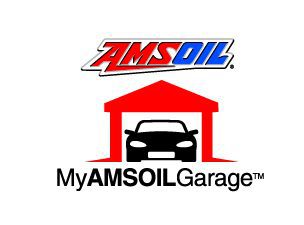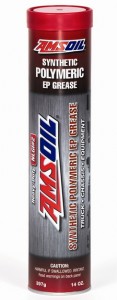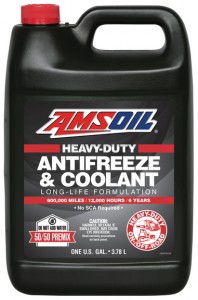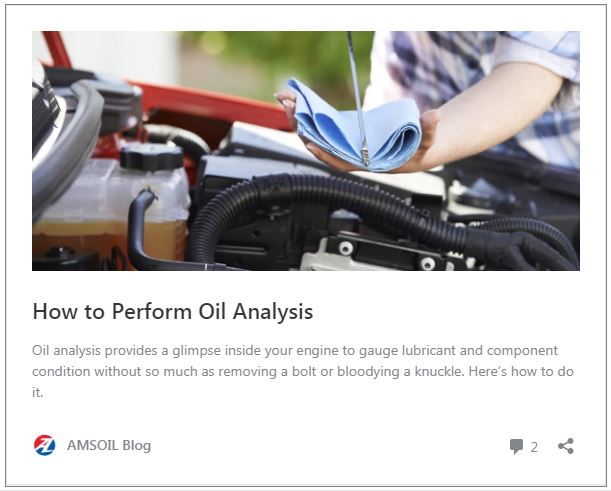6 Overlooked Heavy-Equipment Maintenance Tips
There are a number of overlooked aspects of heavy-equipment maintenance that can reduce equipment life and performance. Adhering to these six maintenance practices helps increase your return on investment (ROI) and extend equipment life.
1. Keep a maintenance log
Companies both big and small rarely keep in-depth service logs. Sometimes workers keep track of the basics, like repairs and oil changes. To maximize your ROI, it is critical to keep track of maintenance. It’s far too difficult to remember, and it gets harder the more equipment you have.
MyAMSOILGarage is a handy (and free) tool for tracking maintenance and services. Another benefit of maintenance logs? You can show potential buyers the equipment’s track record when it’s time to sell.
2. Regularly wash heavy equipment
Frequent washing and cleaning as part of heavy-equipment maintenance has significant benefits.
First, mud and dirt can make it difficult to watch for fluid leaks, broken parts and other safety issues. Extended exposure to mud, dirt and dust can also accelerate rust formation and wear. Apply AMSOIL Heavy-Duty Metal Protector on important areas for an added dose of protection.
3. Use a grease that resists pound-out
While most workers grease equipment periodically, they may not use a quality synthetic grease that resists impact and washout.
If you’re hard on equipment, upgrade to AMSOIL Synthetic Polymeric Off-Road Grease or Synthetic Polymeric Truck, Chassis and Equipment Grease. They offer resistance to impact, helping prevent the grease from pounding out in heavily loaded, extreme applications. They’re also recommended for extended service intervals, which helps reduce downtime.
4. Check tires and tracks frequently
Tires – Heavy-equipment tires aren’t cheap. Sets run in the thousands, and you likely won’t find a “Buy-3-Get-1-Free” deal. Take care of them by checking the tread and inflation (psi) daily.
Tracks – Keep them clean! Get a narrow shovel and dig into all the narrow spaces to get the dirt out. Try to avoid slopes, blacktop and concrete. And, although it may be impossible, try not to spin the tracks.
5. Change the air filters
Air entering the engine requires filtration, especially considering the constant dirt and dust on a worksite. Contaminants can breach the engine and slowly scour away metal components. It’s just a matter of time until something fails. Check your air filters often.
6. Maintain the cooling system
Like the cooling system on your car or truck, cooling systems when it comes to heavy equipment maintenance are often overlooked.
Proper cooling-system maintenance is essential in both diesel and gasoline applications. In diesel applications, pitting, overheating, over-cooling and cracked heads are just some of the common cooling-system catastrophes.
AMSOIL Heavy-Duty Antifreeze & Coolant offers an extensive service life of 1,000,000 miles, 20,000 hours of operation or eight years, whichever comes first, in heavy-duty and off-road applications.
Bonus round: fluid analysis
Conducting fluid analysis provides a number of benefits, including…
1. Maximum drain intervals
2. Long equipment life
3. Reduced instances of major mechanical problems
4. Increased resale value
Oil Analyzers Inc. (OAI) has many options for testing. Check out the OAI user guide for more details. Fluid analysis is well worth the investment in comparison to the investment of heavy machinery. Fluid analysis can help identify potential sources of contaminants while providing an idea of what mechanical issues may be looming.
It all boils down to performing these often-overlooked heavy-equipment maintenance tasks to maximizing ROI.











